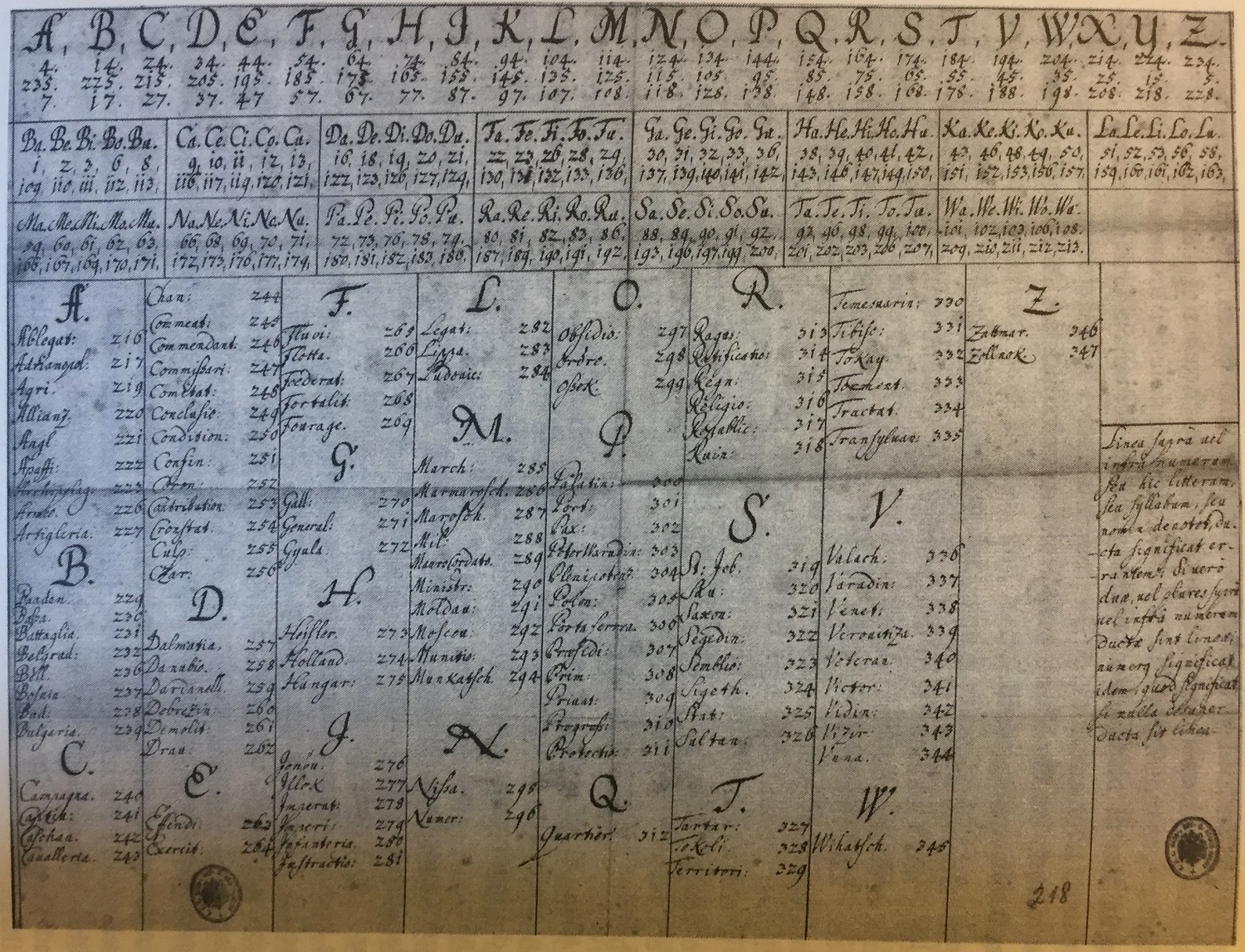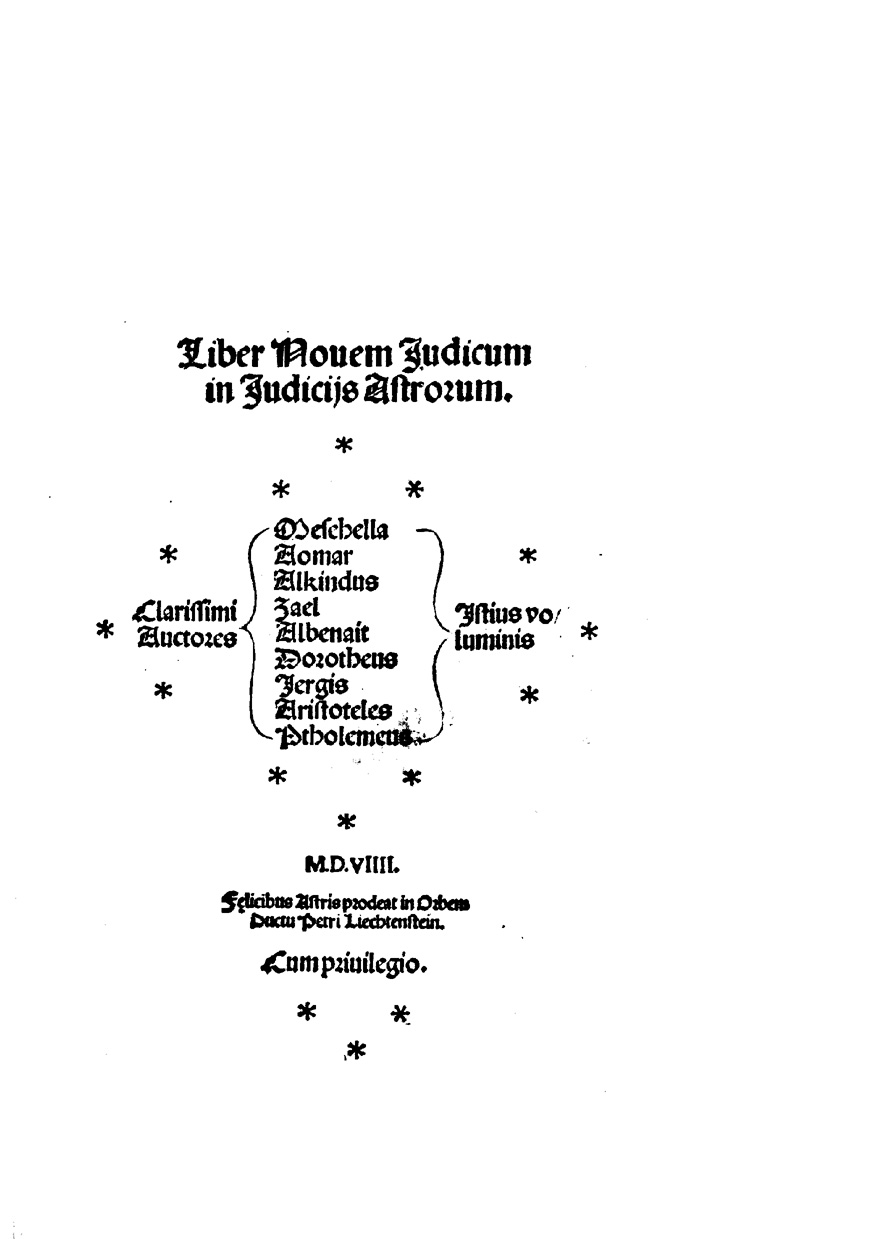|
Ibn Al-Durayhim
ʿAlī ibn Muḥammad Ibn al-Durayhim ( ar, علي بن محمد ابن الدريهم; 1312–1359/62 CE) was an Arab cryptologist who gave detailed descriptions of eight cipher systems that discussed substitution ciphers, leading to the earliest suggestion of a "tableau" of the kind that two centuries later became known as the " Vigenère table". His book entitled ''Clear Chapters Goals and Solving Ciphers'' (مقاصد الفصول المترجمة عن حل الترجمة) was recently discovered, but has yet to be published. It includes the use of the statistical techniques pioneered by Al-Kindi and Ibn 'Adlan ʻAfīf al-Dīn ʻAlī ibn ʻAdlān al-Mawsilī ( ar, عفيف لدين علي بن عدلان الموصلي ; 1187–1268 CE), born in Mosul, was an Arab cryptologist, linguist and poet who is known for his early contributions to cryptanalysi .... References {{DEFAULTSORT:Ibn al-Durayhim 1312 births 14th-century deaths Pre-19th-century cryptographers Mathe ... [...More Info...] [...Related Items...] OR: [Wikipedia] [Google] [Baidu] |
Arab
The Arabs (singular: Arab; singular ar, عَرَبِيٌّ, DIN 31635: , , plural ar, عَرَب, DIN 31635: , Arabic pronunciation: ), also known as the Arab people, are an ethnic group mainly inhabiting the Arab world in Western Asia, North Africa, the Horn of Africa, and the western Indian Ocean islands (including the Comoros). An Arab diaspora is also present around the world in significant numbers, most notably in the Americas, Western Europe, Turkey, Indonesia, and Iran. In modern usage, the term "Arab" tends to refer to those who both carry that ethnic identity and speak Arabic as their native language. This contrasts with the narrower traditional definition, which refers to the descendants of the tribes of Arabia. The religion of Islam was developed in Arabia, and Classical Arabic serves as the language of Islamic literature. 93 percent of Arabs are Muslims (the remainder consisted mostly of Arab Christians), while Arab Muslims are only 20 percent of the ... [...More Info...] [...Related Items...] OR: [Wikipedia] [Google] [Baidu] |
Cryptologist
This is a list of cryptographers. Cryptography is the practice and study of techniques for secure communication in the presence of third parties called adversaries. Pre twentieth century * Al-Khalil ibn Ahmad al-Farahidi: wrote a (now lost) book on cryptography titled the "''Book of Cryptographic Messages''". * Al-Kindi, 9th century Arabic polymath and originator of frequency analysis. * Athanasius Kircher, attempts to decipher crypted messages * Augustus the Younger, Duke of Brunswick-Lüneburg, wrote a standard book on cryptography * Ibn Wahshiyya: published several cipher alphabets that were used to encrypt magic formulas. * John Dee, wrote an occult book, which in fact was a cover for crypted text * Ibn 'Adlan: 13th-century cryptographer who made important contributions on the sample size of the frequency analysis. * Duke of Mantua Francesco I Gonzaga is the one who used the earliest example of homophonic Substitution cipher in early 1400s. * Ibn al-Durayhim: gave detailed d ... [...More Info...] [...Related Items...] OR: [Wikipedia] [Google] [Baidu] |
Substitution Ciphers
In cryptography, a substitution cipher is a method of encrypting in which units of plaintext are replaced with the ciphertext, in a defined manner, with the help of a key; the "units" may be single letters (the most common), pairs of letters, triplets of letters, mixtures of the above, and so forth. The receiver deciphers the text by performing the inverse substitution process to extract the original message. Substitution ciphers can be compared with transposition ciphers. In a transposition cipher, the units of the plaintext are rearranged in a different and usually quite complex order, but the units themselves are left unchanged. By contrast, in a substitution cipher, the units of the plaintext are retained in the same sequence in the ciphertext, but the units themselves are altered. There are a number of different types of substitution cipher. If the cipher operates on single letters, it is termed a simple substitution cipher; a cipher that operates on larger groups of letters ... [...More Info...] [...Related Items...] OR: [Wikipedia] [Google] [Baidu] |
Cryptographic Tableau
In cryptography, the ''tabula recta'' (from Latin ''tabula rēcta'') is a square table of alphabets, each row of which is made by shifting the previous one to the left. The term was invented by the German author and monk Johannes TrithemiusSalomon, Data Privacy, page 63 in 1508, and used in his Trithemius cipher. Trithemius cipher The Trithemius cipher was published by Johannes Trithemius in his book '' Polygraphia'', which is credited with being the first published printed work on cryptology. Trithemius used the ''tabula recta'' to define a polyalphabetic cipher, which was equivalent to Leon Battista Alberti's cipher disk except that the order of the letters in the target alphabet is not mixed. The ''tabula recta'' is often referred to in discussing pre-computer ciphers, including the Vigenère cipher and Blaise de Vigenère's less well-known autokey cipher. All polyalphabetic ciphers based on the Caesar cipher can be described in terms of the ''tabula recta''. The tabu ... [...More Info...] [...Related Items...] OR: [Wikipedia] [Google] [Baidu] |
Tabula Recta
In cryptography, the ''tabula recta'' (from Latin ''tabula rēcta'') is a square table of alphabets, each row of which is made by shifting the previous one to the left. The term was invented by the German author and monk Johannes TrithemiusSalomon, Data Privacy, page 63 in 1508, and used in his Trithemius cipher. Trithemius cipher The Trithemius cipher was published by Johannes Trithemius in his book '' Polygraphia'', which is credited with being the first published printed work on cryptology. Trithemius used the ''tabula recta'' to define a polyalphabetic cipher, which was equivalent to Leon Battista Alberti's cipher disk except that the order of the letters in the target alphabet is not mixed. The ''tabula recta'' is often referred to in discussing pre-computer ciphers, including the Vigenère cipher and Blaise de Vigenère's less well-known autokey cipher. All polyalphabetic ciphers based on the Caesar cipher can be described in terms of the ''tabula recta''. The tabu ... [...More Info...] [...Related Items...] OR: [Wikipedia] [Google] [Baidu] |
Al-Kindi
Abū Yūsuf Yaʻqūb ibn ʼIsḥāq aṣ-Ṣabbāḥ al-Kindī (; ar, أبو يوسف يعقوب بن إسحاق الصبّاح الكندي; la, Alkindus; c. 801–873 AD) was an Arab Muslim philosopher, polymath, mathematician, physician and music theorist. Al-Kindi was the first of the Islamic peripatetic philosophers, and is hailed as the "father of Arab philosophy". Al-Kindi was born in Kufa and educated in Baghdad. He became a prominent figure in the House of Wisdom, and a number of Abbasid Caliphs appointed him to oversee the translation of Greek scientific and philosophical texts into the Arabic language. This contact with "the philosophy of the ancients" (as Hellenistic philosophy was often referred to by Muslim scholars) had a profound effect on him, as he synthesized, adapted and promoted Hellenistic and Peripatetic philosophy in the Muslim world. He subsequently wrote hundreds of original treatises of his own on a range of subjects ranging from metaphysics, ethi ... [...More Info...] [...Related Items...] OR: [Wikipedia] [Google] [Baidu] |
Ibn 'Adlan
ʻAfīf al-Dīn ʻAlī ibn ʻAdlān al-Mawsilī ( ar, عفيف لدين علي بن عدلان الموصلي ; 1187–1268 CE), born in Mosul, was an Arab cryptologist, linguist and poet who is known for his early contributions to cryptanalysis, to which he dedicated at least two books. He was also involved in literature and poetry, and taught on the Arabic language at the Al-Salihiyya Mosque of Cairo. He was in contact with various rulers of his time, and in this capacity he gained practical experience in cryptanalysis or the science of breaking encoded messages. He dedicated ''On Cryptanalysis,'' his only surviving work on the topic'','' to Al-Ashraf Musa (), the Ayyubid Emir of Damascus. He wrote three other books, including ''Al-Mu'lam'' (''The Told ook'), also on cryptanalysis, but it is now lost. ''On Cryptanalysis'' is a sort of guidebook for cryptanalysts, containing twenty sets of techniques he calls "rules". The methods contains more practical details than Al-Kin ... [...More Info...] [...Related Items...] OR: [Wikipedia] [Google] [Baidu] |
1312 Births
131 may refer to: *131 (number) *AD 131 *131 BC *131 (album), the album by Emarosa *131 (MBTA bus) The Massachusetts Bay Transportation Authority bus division operates bus routes in the Boston, Massachusetts metropolitan area. All routes connect to MBTA subway, MBTA Commuter Rail, and/or other MBTA bus services. Many routes are descendants ..., the Massachusetts Bay Transportation Authority bus. For the MBTA bus, see 131 (MBTA bus). * 131 (New Jersey bus), the New Jersey Transit bus {{numberdis ... [...More Info...] [...Related Items...] OR: [Wikipedia] [Google] [Baidu] |
14th-century Deaths
As a means of recording the passage of time, the 14th century was a century lasting from 1 January 1301 ( MCCCI), to 31 December 1400 ( MCD). It is estimated that the century witnessed the death of more than 45 million lives from political and natural disasters in both Europe and the Mongol Empire. West Africa experienced economic growth and prosperity. In Europe, the Black Death claimed 25 million lives wiping out one third of the European population while the Kingdom of England and the Kingdom of France fought in the protracted Hundred Years' War after the death of Charles IV, King of France led to a claim to the French throne by Edward III, King of England. This period is considered the height of chivalry and marks the beginning of strong separate identities for both England and France as well as the foundation of the Italian Renaissance and Ottoman Empire. In Asia, Tamerlane (Timur), established the Timurid Empire, history's third largest empire to have been ever establ ... [...More Info...] [...Related Items...] OR: [Wikipedia] [Google] [Baidu] |
Mathematicians Of The Medieval Islamic World
A mathematician is someone who uses an extensive knowledge of mathematics in their work, typically to solve mathematical problems. Mathematicians are concerned with numbers, data, quantity, structure, space, models, and change. History One of the earliest known mathematicians were Thales of Miletus (c. 624–c.546 BC); he has been hailed as the first true mathematician and the first known individual to whom a mathematical discovery has been attributed. He is credited with the first use of deductive reasoning applied to geometry, by deriving four corollaries to Thales' Theorem. The number of known mathematicians grew when Pythagoras of Samos (c. 582–c. 507 BC) established the Pythagorean School, whose doctrine it was that mathematics ruled the universe and whose motto was "All is number". It was the Pythagoreans who coined the term "mathematics", and with whom the study of mathematics for its own sake begins. The first woman mathematician recorded by history was Hypatia ... [...More Info...] [...Related Items...] OR: [Wikipedia] [Google] [Baidu] |



